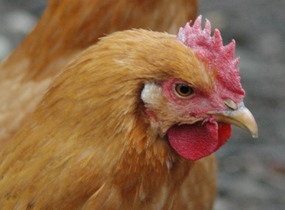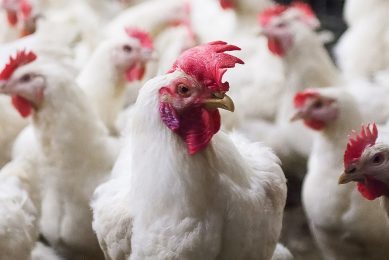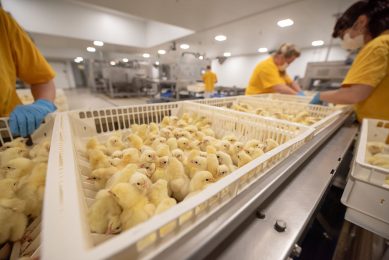Research: Chicken genome keeps active genes together

Work for a PhD thesis, conducted by student Haisheng Nie at Wageningen University in the Netherlands, set out to determine how chicken genes occur in clusters.
The genome of the chicken is organized at a higher level. Genes that are frequently expressed are located near each other on the chromosomes. Genes that are rarely expressed are also located in clusters. This clustering of genes is efficient and consequently provides an evolutionary advantage during selection pressure, believes Martien Groenen, professor at the Animal Breeding and Genomics Centre (ABGC) of Wageningen University.
Other researchers have discovered a similar type of organization in the genomes of humans and mice, with clusters of highly expressed genes. High expression means that the genes make many RNA copies that code for a specific characteristic. The genomes of humans, chickens and mice are very similar. “We want to understand the underlying principles of the genome,” explains Groenen.
His PhD student Haisheng Nie studied various embryos and organs of chickens and determined which genes were expressed at which times.
“We used micro-arrays to answer the questions: Are the genes on or off? When are the genes expressed?” says doctoral thesis co-supervisor Richard Crooijman. During the research, Nie and Crooijmans discovered that active genes on the chromosome are often located near each other.
“The genes are not located in random order, but are organized in a specific way,” explains Groenen. He suspects that the clustering of high-expression genes increases their accessibility and is therefore efficient for the cell. These insights have not led immediately to practical advantages in chicken breeding. “But with more knowledge about the genome we can select more effectively and make choices about whether we want to include genes with both positive and negative characteristics in the breeding process,” says Crooijmans.













